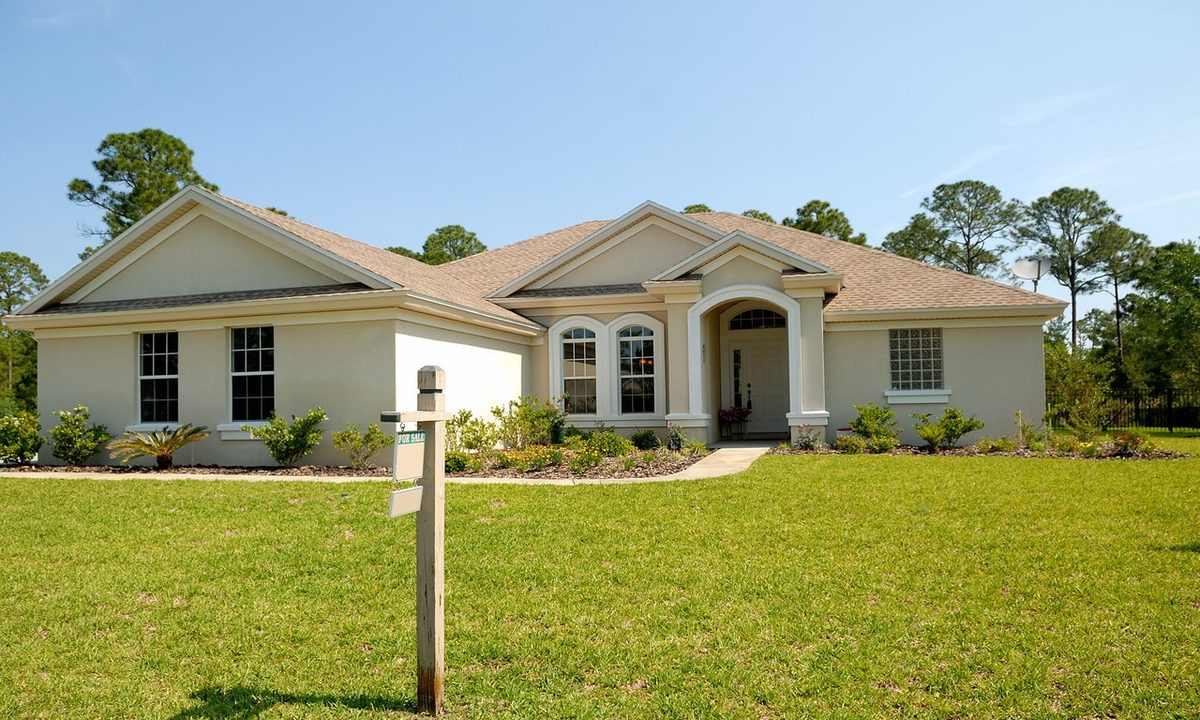Stucco exteriors offer a natural and elegant aesthetic to your home. The bumpy, grainy textures feel sophisticated yet rugged, finding the perfect balance between simplicity and biophilia. If you’re looking to update your exterior or are curious about stucco house design, we have the pros and cons to help you know if this style is right for you.
What is stucco?
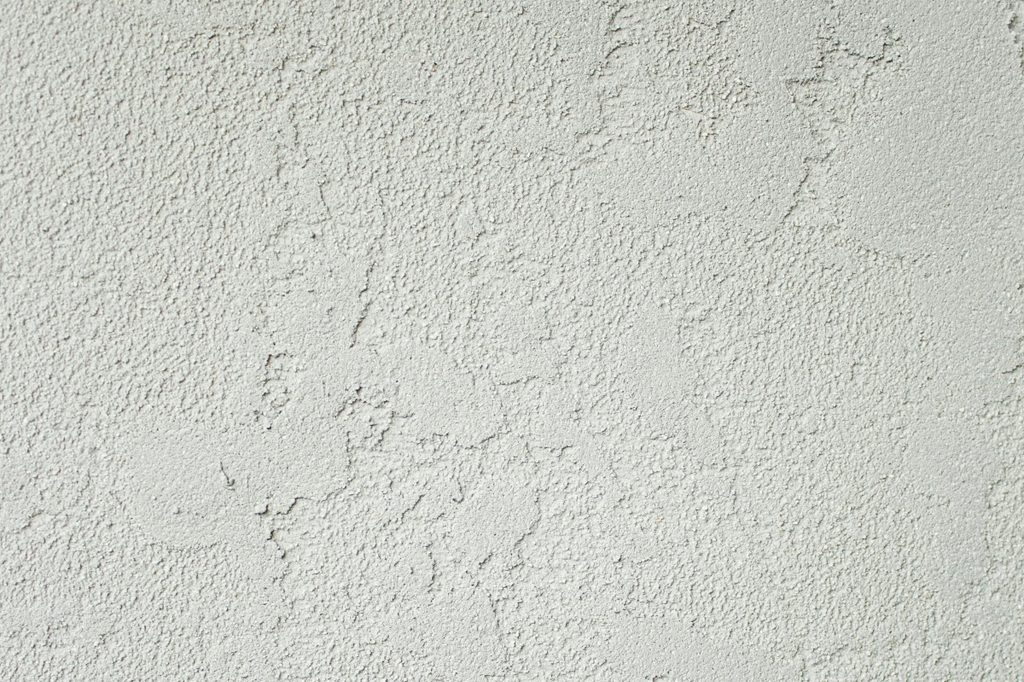
Stucco is a cement-like plaster coating added to the exterior of some homes. Often having a grainy or bumpy look and texture, stucco coatings are a popular home exterior covering used in place of traditional vinyl siding or board and batten plywood sheets.
This weather-resistant exterior finish consists of Portland cement, lime, sand, pigments, and water. Some pre-mixed stucco finishes can be purchased from local home improvement stores, and homeowners can follow the package directions, add water, and make a stucco mixture suitable for both indoor and outdoor use.
Stucco goes on wet with certain techniques to achieve the desired texture. The material then dries to form an exterior coating that protects the home and enhances curb appeal.
Types of stucco finishes
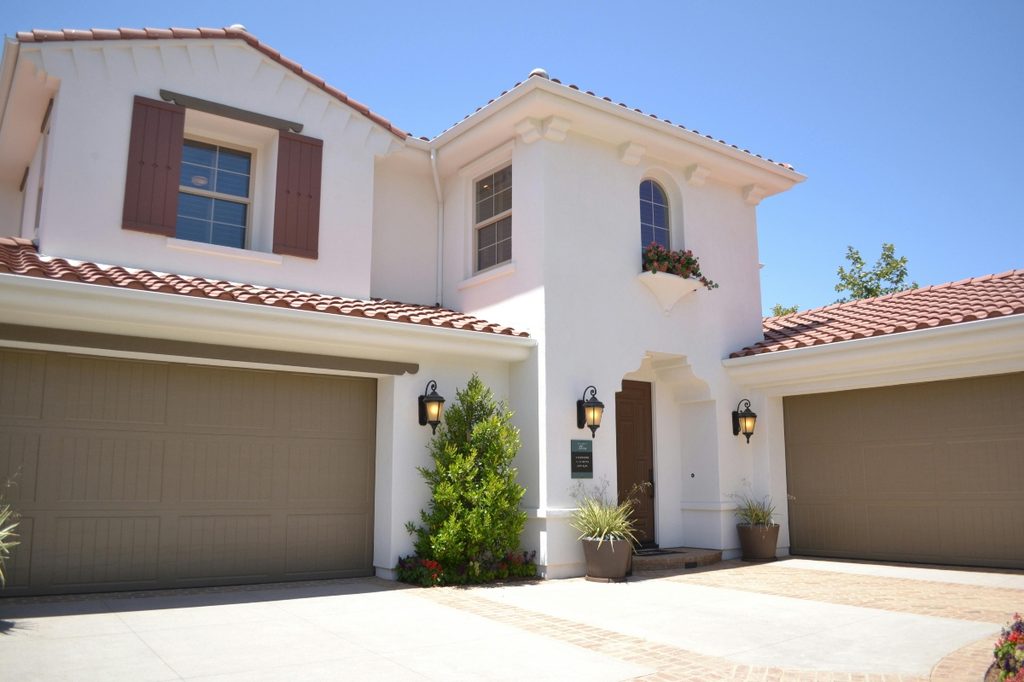
There are several types of stucco finishes that vary in texture and color.
- Sand stucco finish: Sand stucco finish is popular in commercial buildings and some homes. This stucco finish uses sand to create a more uniform, gritty, and textured look. Depending on the amount of sand in the mixture, the result could be finer or more densely packed.
- California/cat face stucco finish: The California or cat face stucco finish is notable for its rough patches and textured inclusions surrounded by smoother swipes of stucco. This uneven effect can help hide blemishes and offers a distinct look.
- Dash stucco finish: By adding shells or gravel, you can create a denser stucco that appears more gritty and bumpy. Dash stucco finishes are typically applied with a sprayer gun, which gives a rough and uneven finish. Once the stucco dries, a metal trowel is used to shave off or knock down peaks.
- Smooth stucco finish: As the name implies, a smooth stucco finish will have less bumps and gritty textures. Instead, it will appear smoother, more akin to polished concrete.
- Lace and skip stucco finish: This stucco finish can be applied by hand or spray to create a semi-smooth surface. Lace and skip stucco offers a light layered appearance with some deeper grooves underneath. Lace and skip stucco is one of the more popular finishes that comes to mind for people when they hear “stucco.”
- Mission/Santa Barbara stucco finish: Applied in two coats, the mission or Santa Barbara stucco finish creates a semi-smooth exterior. Fine sand particles allow the mixture to remain semi-smooth and elegant while offering a speckled, natural look.
How to apply stucco
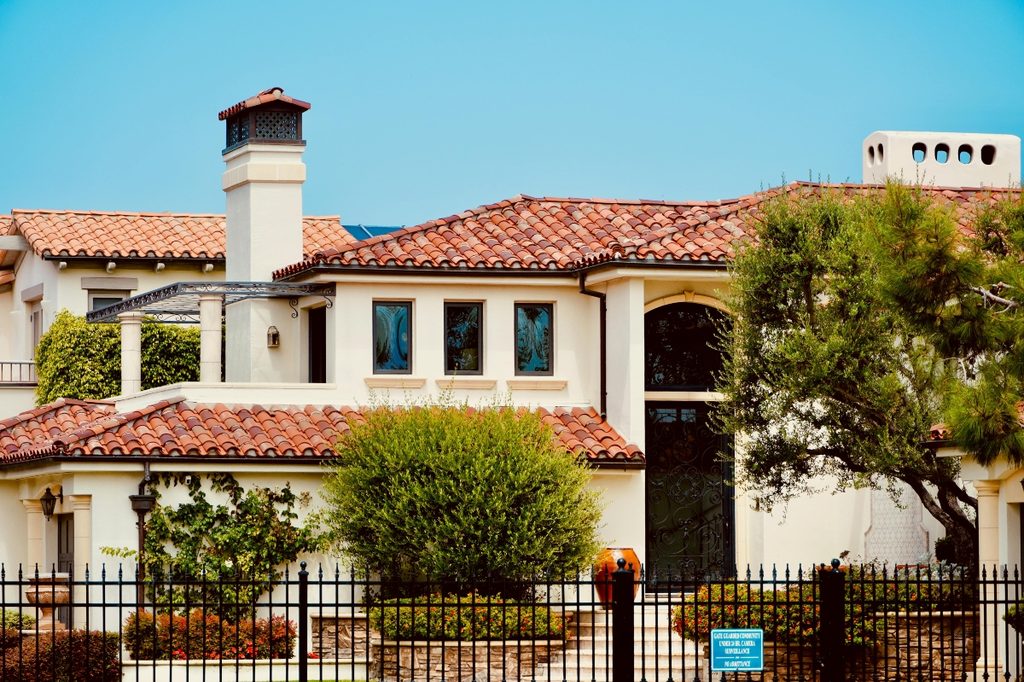
While it’s possible to DIY your stucco application, achieving the desired finish can be tricky for beginners. For example, if you want to achieve the California or cat face stucco finish, you may find the process difficult. Depending on the finish you choose, hiring a professional could be the better choice for you.
However, if you prefer to go the DIY route, this is how to apply stucco to your home.
- Apply a bonding agent. The type of stucco you’re using and the material of your base determined the type of bonding agent you need. The agent acts as a stabilizer and helps the mixture bond to the home’s initial exterior.
- Apply a base coat. Sometimes called a scratch coat, you’ll want to apply your first layer of stucco. Use a trowel to coat a 1/4- to 1/2-inch layer as your base. You’ll need to wait 24 to 48 hours for this base to cure, according to your stucco mixture package directions.
- Apply a second coat or a finish/top coat. Once the base coat cures, you’ll need to add a second and third coat or a top coat of stucco. This step is crucial for achieving the desired look. Make sure you have the right equipment and technique to create the right finish. Additionally, you’ll have to wait 24 to 48 hours between each layer to allow it to cure before adding another.
- Paint your stucco. Lastly, you might consider painting your stucco. While not required, as you can use pigmented stucco on your exterior, some homeowners use acrylic latex for the exterior paint.
Pros and cons of stucco
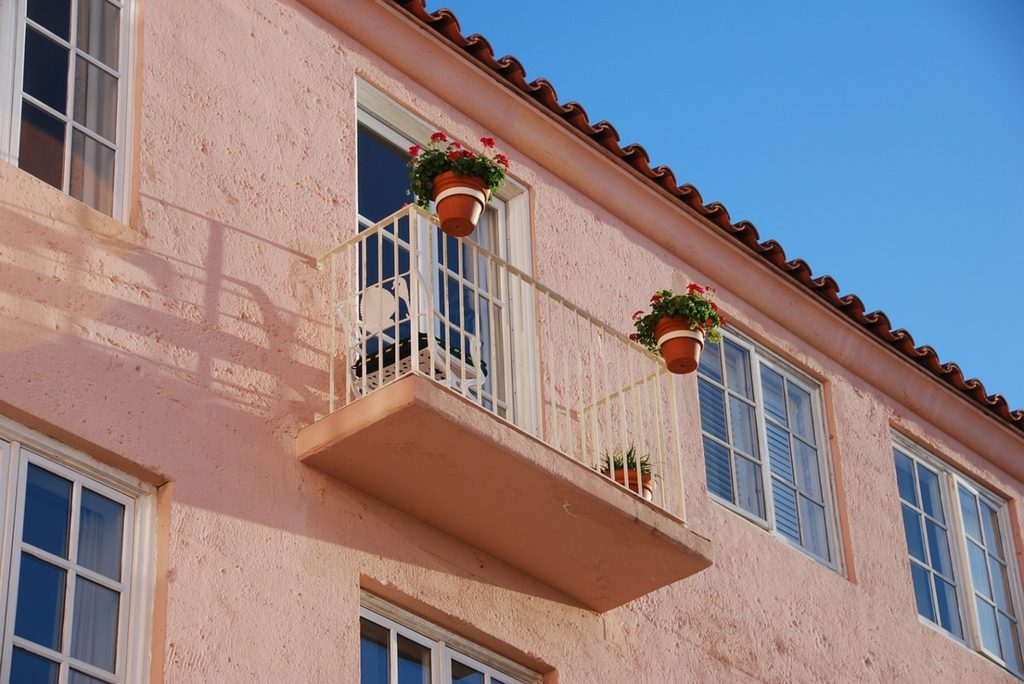
There are several pros and cons of owning a stucco home.
Pros
- Customizable: With so many textures, looks, pigments, and paint to choose from, you can find the right finish and color for your stucco exterior.
- Affordable: The materials to create a stucco mixture and apply it to your home are fairly affordable. Stucco is considered one of the cheapest exterior siding options, making it great for avid DIYers.
- Weather resistant: Stucco has fantastic weather resistance and holds up well against rain and snow.
- Resistant to fire, mold, and infestations: While no home can be 100% safe from fire, mold, or infestation, the tighter seal of stucco can help prevent these struggles for many homeowners. Those with wooden exteriors may have more difficulty with these struggles than homeowners with stucco exteriors.
- Lasts for a long time: If maintained properly, stucco exteriors can last for more than 50 years.
- Easy to maintain: Thanks to its environmental resistance, stucco is a low-maintenance exterior choice. Annual inspections and power washing will keep it in top condition.
Cons
- Not as durable as other exterior options: While stucco is resistant to many environmental factors, it is a softer material that may not hold up well to other damages.
- May require a professional to apply: You can DIY your stucco exterior, but we suggest hiring a professional if you’re going for a specific look that requires more technique.
- Curing takes a long time: Curing times could extend your project for over a week. Weather conditions, curing time, and the scope of your project could impact your timeline.
- Professional installation could be costly: While stucco is an affordable material for homeowners looking to update their exteriors, professional installation could be costly in your area.
Stucco exteriors offer a natural, minimal, and charming look. Whether you opt for stucco to enhance your home’s curb appeal or to upgrade your exterior for something more low maintenance and affordable, you’re sure to be pleased with this look for many years to come.
